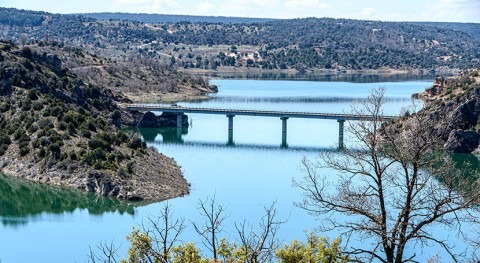Europe’s coastal areas are highly urbanised and already experiencing the consequences of climate change. Adaptation strategies to protect coastal urban communities from rising sea levels have traditionally taken the form of hard structures such as dikes and seawalls. However, these methods are becoming less and less sustainable and more and more costly. This is why managers are turning to land use planning strategies such as setback zones – buffer areas where development is prohibited or significantly restricted – to safeguard these communities from damage caused by high tides or storm surges.
Researchers from Christian-Albrechts University Kiel in Germany have now carried out the first Europe-wide study to investigate precisely how efficient different types of setback zones are in reducing future urban exposure to sea level rise and related hazards. Supported by the EU-funded CoCliCo project, the study shows that setting up coastal setback zones could help make new urban development at least 50 % less vulnerable to such risks in most EU Member States by 2100.
It all depends on us
The research team developed spatially explicit projections of urban extent for all coastal EU Member States, as well as Bosnia and Herzegovina, Great Britain and Norway, for different socioeconomic futures and various types of setback zones. Using an artificial neural network, they first predicted each country’s urban development potential based on its elevation, population density or distance from the road network. Next, the team calculated the future demand for urban land and created spatially explicit urban extent projections with a 100-metre resolution. To see how such spatial planning tools fare against rising sea levels, they then integrated various setback zones into these projections. Their findings show that future urban exposure to rising sea levels and their related risks will mainly depend on how we plan, design and develop urban space in Europe’s coastal areas. “Our modeling study is the first of its kind and can help to develop appropriate adaptation measures to protect cities and urban areas along Europe’s coasts,” remarks the study’s first author Dr Claudia Wolff in a news item posted on the website of Christian-Albrechts University Kiel. “The development of coastal setback zones should consider not only the distance from the coast, but also the elevation of the terrain above sea level. To our knowledge this aspect is currently not being discussed at the European level. We believe by taking this into account, cities and coastal areas can be better protected from the potential risks of rising sea levels in the future.” The CoCliCo (COASTAL CLIMATE CORE SERVICES) project’s overall objective is to deliver an open web platform, in this way helping, as study senior author Prof. Athanasios Vafeidis explains, “to better inform decision-makers about adaptation measures for coastal protection and sea level rise.” The study has been published in the journal ‘Scientific Reports’.



















